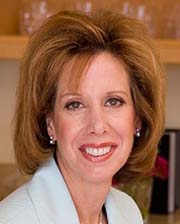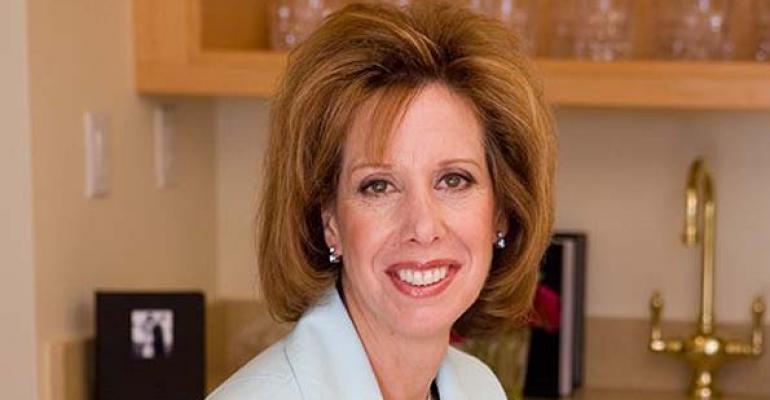 I recently received a phone call from a highly respected professional photographer who also is a good friend. This photographer, whom I shall call Mary (not her real name), was very upset. A wedding planner who worked with Mary was misusing photos that Mary had taken. This wedding planner not only posted these images online without giving any credit to Mary, but the planner’s watermark logo also had been added to all of the photos.
I recently received a phone call from a highly respected professional photographer who also is a good friend. This photographer, whom I shall call Mary (not her real name), was very upset. A wedding planner who worked with Mary was misusing photos that Mary had taken. This wedding planner not only posted these images online without giving any credit to Mary, but the planner’s watermark logo also had been added to all of the photos.
If you have been in the event industry for a while, you may have already experienced a situation similar to Mary’s story. For those who are new to the industry, I won’t get into a legal discourse about copyright laws, but there is one simple concept you need to know—photographers own the copyrights to the photos they take, and they should always receive credit for their photos (unless they explicitly sell their copyrights to their client). So Mary had every right to be upset.
But copyright issues can affect much more than just the photographer, because there is much more to the world of weddings (and events) than just photography.
A typical celebration involves a collaborative effort of many talented professionals, and any service provider who creates a unique design feature for the wedding can claim a copyright for their work. With so many cooks stirring the nuptial kettle, the recipe for determining who legally owns what copyright becomes about as clear as a big bowl of mud. And if you feel your copyright has been wronged, unless you have an operating budget the size of Google, it’s probably not worth the trouble of hiring an army of lawyers to argue your case.
So when it comes to copyrights regarding photographs of event design elements, we have a very complicated situation indeed. Of course, photographers should always receive credit for capturing the beauty of the day in the photos they take (and similarly, videographers should always receive credit for their video imagery). But how can we provide protection to other contributors, so that wedding planners, caterers, florists, cake designers and other artistic service providers also receive appropriate credit for their creativity?
I believe there is a simply stated answer to this complicated question: Give credit where credit is due.
When I was involved with founding the Wedding Industry Professionals Association (WIPA) in 2008, the first Board of Directors recognized the importance of this concept, and we made sure it was incorporated into WIPA’s code of ethics. I believe other professional associations that purport to advance the wedding and special event industry should follow the same course of action. That way, when we collaborate with members of associations that have embraced these principles, we should feel more assured that our work is not as likely to be plagiarized.
But wait, there’s more--as they say on the TV commercials.
In addition to adopting the concept of giving credit where credit is due, I think our professional associations should take a more active role in helping their members answer the question, “Where is credit due?” Such assistance might take the form of a “white paper,” detailing various types of photos that are typically taken at weddings and special events, and listing the service provider(s) that should receive credit for each type of photo. For example, the white paper might state that a photo of a bouquet should include a credit for the florist. Or perhaps the association might decide to create an independent panel comprising its best minds, to review any copyright infringement concerns that arise within its membership.
But wait, there’s even more …
I believe our industry also needs to “educate” some members of the bridal media about copyrights, particularly with respect to submittals of “real weddings.” On several occasions, I have submitted photos of weddings that I designed to certain publications, often spending hours answering their questions about the wedding, and subsequently no credit was given to me or my company when the wedding was published.
I will certainly not submit any more weddings to publications that treat me this way, and I would urge everyone who has had a similar experience to boycott those publications that do not give credit where credit is due. If we are unified in our stance, I think these publications would quickly “get the message.”
To ensure that everyone is appropriately credited, I believe the fairest way for the bridal media to publish real weddings is to include a listing of all service providers who worked on the wedding. This approach has been adopted by The Knot, Style Me Pretty and other leading publications.
In closing, I wish I had a happy ending to report with Mary’s story. Bending over backwards to be fair, Mary offered to provide the wedding planner with a joint watermark, showing the logos of both Mary and the wedding planner. Unfortunately, this more-than-reasonable proposal appears to have fallen upon deaf ears. I can only hope that this wedding planner will see this article, and will someday understand that good relationships with her service providers must be based on mutual respect and shared success.
I welcome any comments you may have on this subject.
Joyce Scardina Becker, CMP, is designer-in-chief of San Francisco-based Events of Distinction. A celebrated event trendsetter with more than 25 years of industry experience, Joyce has been honored with 15 Gala and Esprit awards, as well as 33 nominations. She is the founding president of the Wedding Industry Professionals Association (WIPA) and the founding director and instructor of the Wedding Planner Certificate Program, now offered online at California State University East Bay. Joyce is the author of "Countdown to Your Perfect Wedding," an award-winning “how-to” book for couples and industry professionals alike. Her ideas and events have appeared in more than 200 media outlets, including the New York Times, Chicago Tribune, Los Angeles Times, Boston Globe, Miami Herald, Huffington Post and Msn.com.
Joyce’s event planning talents first began to bloom at age 5, when she orchestrated a “Surprise Halloween Party” for her kindergarten class. The surprise was on her mother, when the entire kindergarten class showed up at her front door!
Portrait by Michael Weschler.






